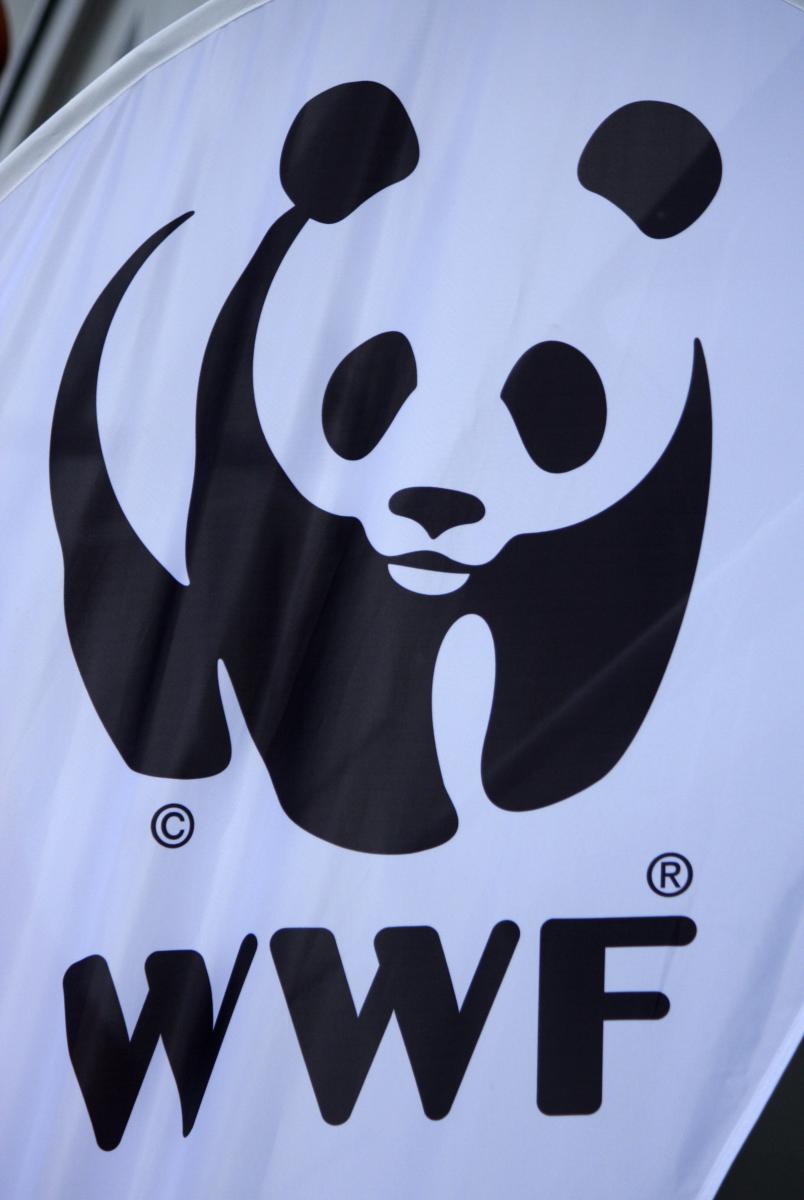Coca-Cola’s water stewardship efforts have involved building capacity internally and partnering with a host of external organisations.
“About 12 years ago we conducted a detailed qualitative and quantitative comprehensive risk assessment at the plant level,” explains Greg Koch, senior director of global water stewardship at Coca-Cola. The study, he says, brought awareness and made a strong business case for mitigating the risks.
The next step was to build internal capacity with learning tools for employees, bottling partners and associates. “All the plants formed water resource management teams, and based on their roles, expertise, and the issues their plant was facing they would determine the level of training they required,” Koch said.
The company also looked externally for help, and formed some early global partnerships with WWF, USAID and UNDP, among others.

Today, Coca-Cola works with 18 organisations to advance its water stewardship ambitions. “Partners bring a myriad of things,” says Koch. “They bring expertise and geographic knowledge to what we want to do. Execution always involves the local government and local community, and typically we look to local NGOs partners. Another thing partners like USAID and UNDP bring is funding.”
One of Coca-Cola’s long-standing partners is the World Wildlife Fund, (WWF) which in 2007, along with other NGO, helped Coca-Cola develop “Replenish” as both a goal and a way to measure the associated benefits of freshwater conservation beyond Coca-Cola’s direct operations.
“Through our global partnership with Coca-Cola we have a number of freshwater conservation projects that are contributing to Coca-Cola’s replenish goal and WWF’s freshwater conservation mission. We help ensure that projects undertaken to deliver replenish benefits are locally relevant, address key water stress issues and integrate with broader efforts to ensure the availability and sustainable management of water and sanitation for all,” says Lindsay Bass, head of WWF’s water corporate stewardship initiative.
One such project involves Lake Nyasa (also known as Lake Malawi) in East Africa. The lake is one of the most unique freshwater ecosystems on the planet. It is the ninth largest lake in the world, shared by Malawi, Mozambique and Tanzania. “The lake is home to more than 1,000 species of fish – 95% of which exist nowhere else in the world,” says Bass. The partnership work included creating a new 47,800 hectares protected area around the lake and an adjoining 89,300ha buffer zone. This, she said, is helping to secure healthy fish and wildlife stocks while providing economic and health benefits to communities.
Coca-Cola and WWF’s collaboration with local people and the provincial and national governments also led to the development of community-based natural resource councils and village-level mechanisms for monitoring illegal and overfishing, erosion and deforestation, managing fisheries, and mitigating the impacts of climate change.
Bass says her organisation takes a holistic approach. “We also work with Coca-Cola to help them meet their sustainable sourcing goals, as a large component of their water footprint is in the agricultural items that go into their products.”
The Coca-Cola Company
Founded: 1892
Headquarters: Atlanta, Georgia
Market Value: $192.8 billion
Revenue: $44.29 billion USD
Employees: 123,200
Servings: 1.9 billion servings a day in over 200 countries
Brands: 500+ sparkling and still brands and more than 3,800 beverage choices including Diet Coke, Coca-Cola Zero, Fanta, Sprite, Dasani, Powerade,and Minute Made.

